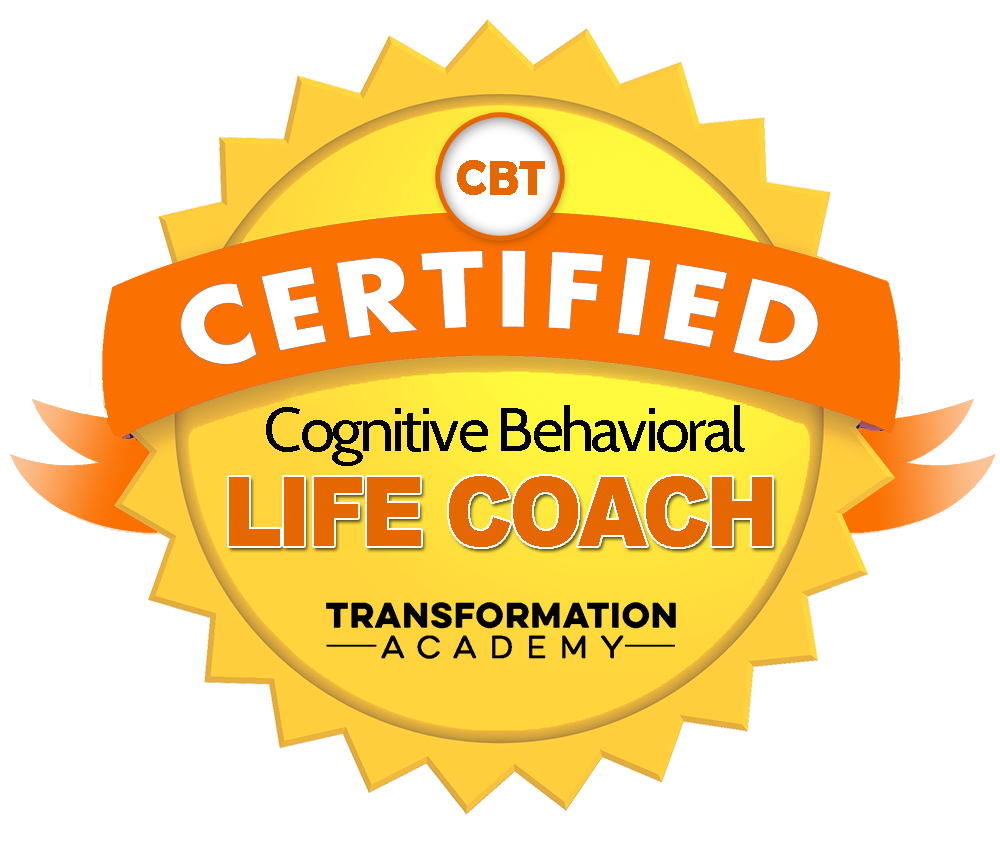Bipolar Disorder
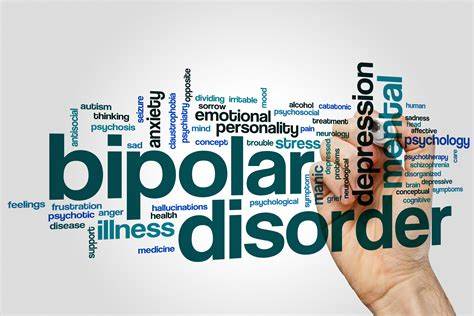
Rapid Cycling in Bipolar Disorder
Bipolar disorder by itself is a condition in which its sufferers cycle between two poles of mental instability; mania and depression. Rapid cycling occurs when the sufferer shifts quickly between the two states with little to no warning.
Because it is one of the most serious forms of bipolar disorder the prognosis for anyone afflicted with rapid cycling bipolar disorder is not always good. The mental health and brain function of people with this condition is highly compromised because of the rate at which they go from mania to depression and back again. Treating this condition is also difficult.
In order to make a rapid cycling diagnosis the patient will have to meet the standards set forth in the Diagnostic and Statistical Manual for Mental Disorders IV-TR which states that the patient must have at least four episodes of depression and mania/hypomania in a one year period.
Some people with rapid cycling bipolar disorder are asymptomatic, meaning they have periods when they exhibit neither of the cycles associated with this disorder. This does not diminish their need to effectively deal with their condition because when the mania and depression do hit it can be severe enough to be life threatening.
The more troubling side of this disorder is those who have little to no time between normalcy and a depressive or manic episode. Without proper mental health help people who suffer from this extreme can be a danger to themselves and others.
It is also possible that those who suffer from rapid cycling bipolar disorder will also partake in risky behavior. Drug and alcohol abuse is not out of the question particularly for those who like to self medicate. This can actually make the symptoms much worse and cause the cycling between the two extremes to happen at an even faster pace.
Bipolar Depression Versus Clinical Depression
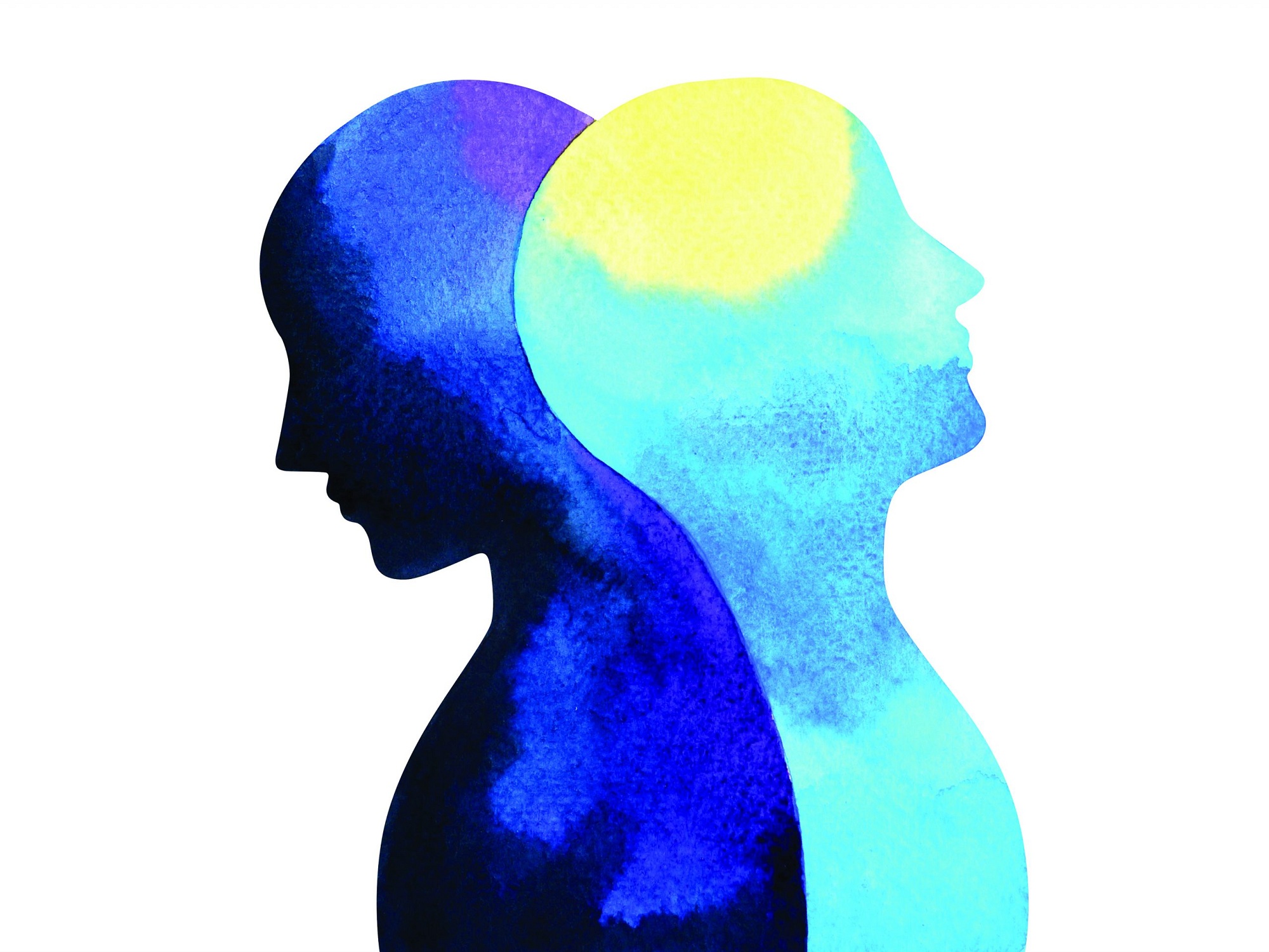
An estimated ten percent of all Americans suffer from some form of depression during their lives. This figure varies but is pretty much the same worldwide. There are a few areas of the world that depression seems to have missed, but not many. Depression in general affects the way we behave from our sleeping patterns up to the way we think and live life.
The difference between depression and bipolar depression is in the severity and frequency. Depression alone is often brought about by life circumstances, while bipolar depression is chemically- induced and the flip side of mania. The depression and mania come in cycles, regardless of the circumstances in a person's life.
While those suffering clinical depression are at risk of using drugs or alcohol to alleviate their symptoms, the risk is greater in those with bipolar depression. A person who knows the highs of mania may try to recreate the feeling when they are depressed or "stable". Drugs often help create that high for a short time. This puts the person at risk of adding drug addiction to the bipolar disorder.
Treatment of the two types of depression also varies. Those suffering from clinical depression are prescribed anti-depressants alone. Those with bipolar depression, however, are often given a mood stabilizer first, and an antidepressant as a second choice if needed. Both medications adjust the brain chemicals to alleviate the depression, but the mood stabilizer also helps the person keep from going too far in the other direction and becoming manic.
To the person suffering depression, it feels the same regardless of what causes the mood. The important part knowing the difference plays is mainly in treatment options. A person suffering bipolar depression is at risk of becoming manic if only the depression is treated. This in itself creates additional problems.
Bipolar II Disorder
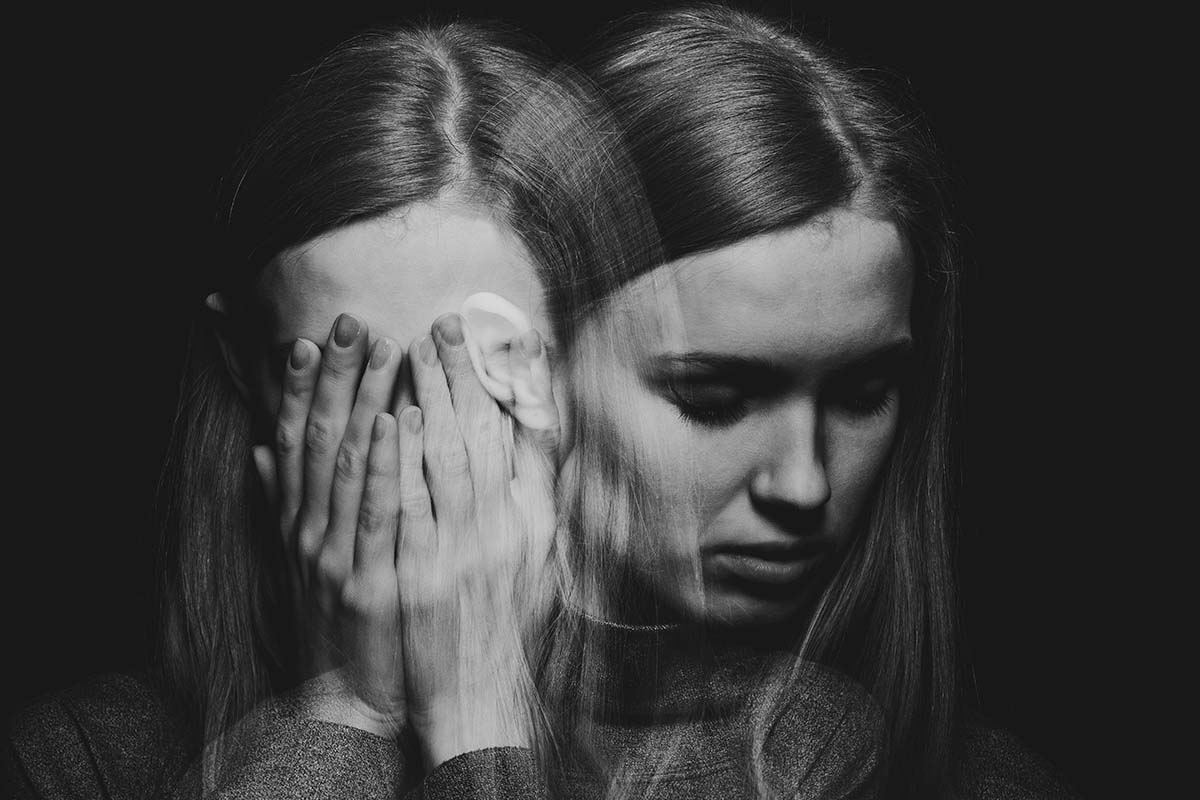
Bipolar II is related to Bipolar I, but it differs in one major aspect. While Bipolar I has extreme manic and depressive states, Bipolar II has the deep depression, but never goes into full-blown mania. The highs of this type of bipolar disorder aren't quite as high, but they are high enough to make the individual notice the downswings more. This form of bipolar disorder can be just as trying on the individual as Bipolar I.
The highs of bipolar two are called a hypomanic manic episode. Hypomania is essentially a very revved up state of great productivity and quickness. When hypomanic, you talk fast, walk fast, think fast, pretty much do everything else fast. You become upbeat, enthusiastic, relentlessly optimistic and confident.
Major depressive episode is essentially just a fancy word for depression. When you have a major depressive episode, you're severely depressed. The symptoms are the same as they are for clinical depression. These symptoms are:
- Decreased interest in life.
- Feelings of sadness, tension, or irritability.
- Loss of energy.
- Change in appetite.
- Change in sleeping patterns.
- Feeling restless.
- Feeling slowed down.
- Decreased ability to make decisions.
- Lack of concentration.
- Feelings of worthlessness or guilt.
- Feelings of hopelessness.
- Thoughts of suicide or death.
The major depressive episode is the downside of Bipolar II in more ways than one. Not only is it the mood downswing, it's the cost of having such great productive ups. Although you can get a lot accomplished when in the up phase of Bipolar II and you can also feel wonderful, you pay a high price for these benefits. You pay with a major depressive episode. Coming down off of a glorious, ecstatic high into a place of hopelessness can be devastating.
Creativity and Bipolar Disorder
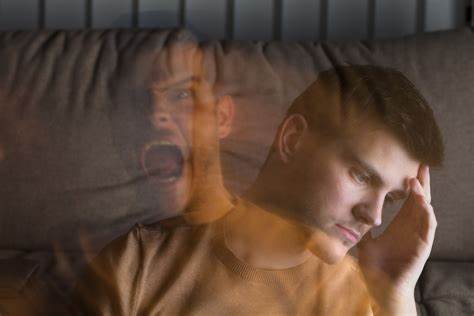
Almost since the beginning of time, human beings have recognized the connection between intelligence or creativity and mental illness. Consider the way these individuals are portrayed in movies and books, for instance - the mad scientist working day and night in his laboratory, the hallucinating artist who doesn't even take time out from his creative work to eat.
Researchers have noted that an unusually high number of creative geniuses suffered from bipolar disorder. The reason Bipolar may bring about this increase in creative abilities is linked to the nature of the disease. One symptom of mania is an increase in creative, mental and physical energy. This might explain why these people were able create such works of genius, and why they were able to devote such concentrated periods of time to their work.
These creative geniuses included novelist Virginia Woolf, who brought us numerous first rate novels. Poet Sylvia Plath also suffered from the mood swings associated with Bipolar disorder. Musician and composer Ludwig van Beethoven is also believed to have suffered from Bipolar Disorder.
Perhaps best known for her role as the Southern belle Scarlet O'Hara in Gone with the Wind, actress Vivien Leigh was also plagued with Bipolar Disorder. Despite the disease and the shock therapy she was given as the treatment in those days.
Painter Vincent Van Gogh is also said to have suffered from Bipolar disorder. His most loved painting Starry Night was painted while Van Gogh was in a mental asylum for treatment of his erratic moods.
While every person with bipolar disorder may not create lasting works of art or literature, there is a higher percentage of artists and writers who are bipolar. So does the emotional instability of bipolar disorder bring about genius? We may one day know the answer for sure.
Loving Someone with Bipolar Disorder
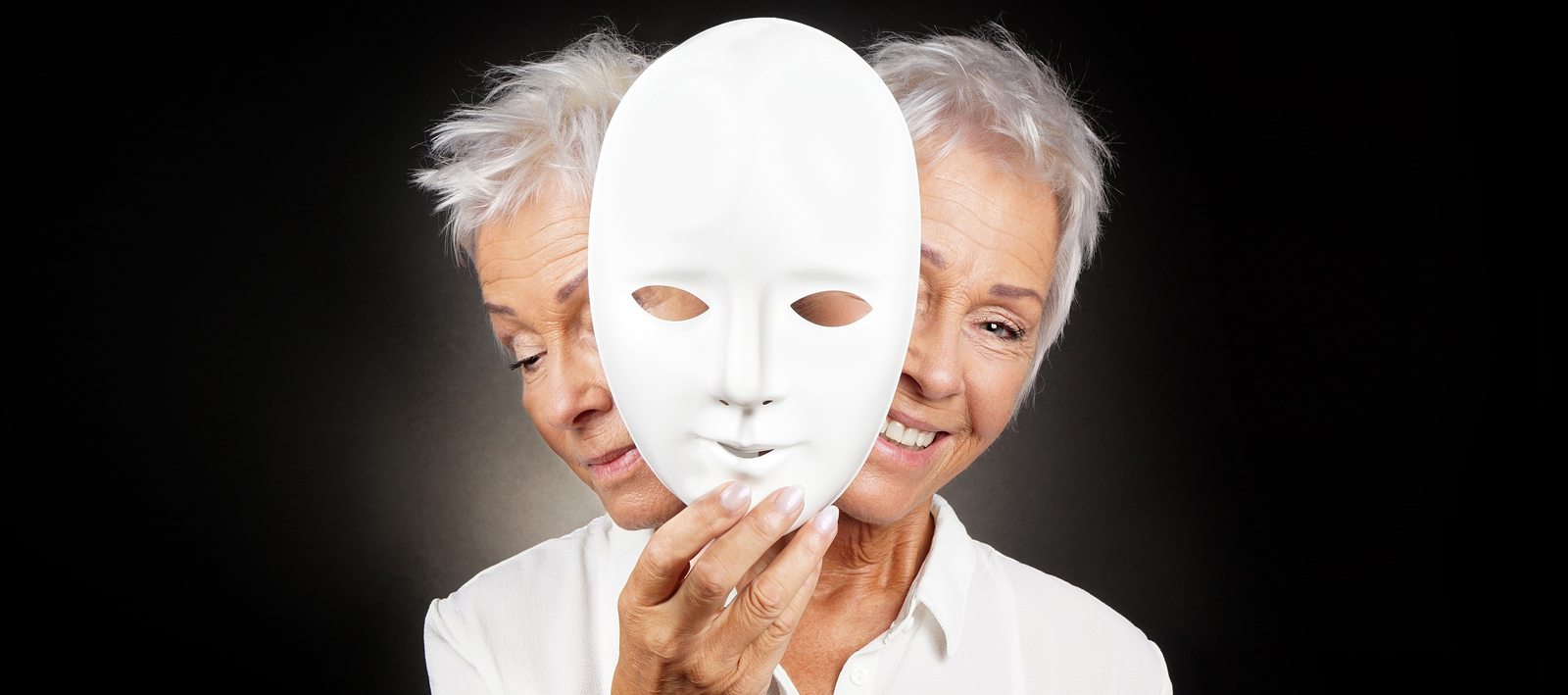
Giving unconditional love for bipolar disorder patients is a tough job. If you do not understand what is happening to your loved one, then you will have difficulty relating to them.
Do not think of the illness as humiliation. If you will feel ashamed of your loved one because they are inflicted with such an illness, then you are not helping them restore their good health, instead you are letting them do worse than expected.
Trust is essential to individuals with Bipolar disorder. They need you to trust them, not entrust them to other people or institutions such as the psychiatrists or an asylum. To build up trust, an open and honest communication is needed. Keep the communication line open. An open and honest communication is vital. Encourage your loved one to talk about what they think and feel. Let them suggest ways on how you are supposed to relate to them.
Do not suppress what you feel. However, there are positive ways to let your loved know how you feel. It is recommended that you avoid nagging, preaching or lecturing an individual with Bipolar disorder. Such negative actions will drive them to detach. If you are concerned about them, let them see how concerned you are in a gentle and encouraging manner.
Let them do things their way. Along with trust and communication, let the person experience what they can do for themself. Let them solve problems if they can find solutions. Let them live the way they are supposed to live. By that, they will feel that they are important and has a good reason why they live.
Be there. Although you allow them to do there own way, it does not mean that you will not be there when they need you to. Let them do things there way but make sure that you are around to give assistance when needed.
Most importantly, apart from assistance, you need to offer your love, understanding and support.
Click the link below to book your free clarity call or free virtual coffee chat.
Grab a copy of our newletter by completing the form below, this will then be sent to your inbox every month.
My Affirmation For The Week
"Creativity is contagious. Pass it on."



